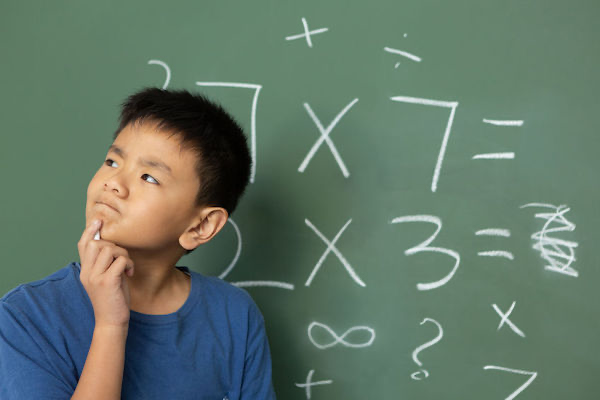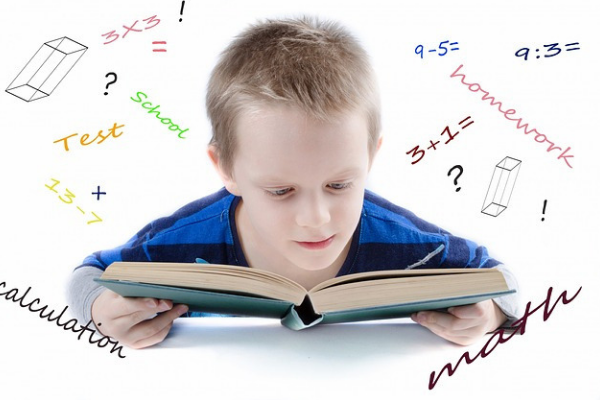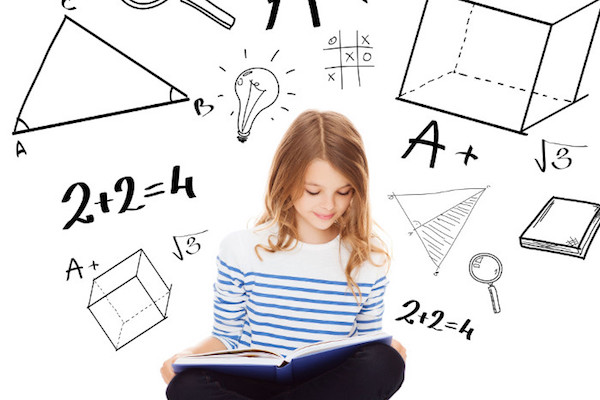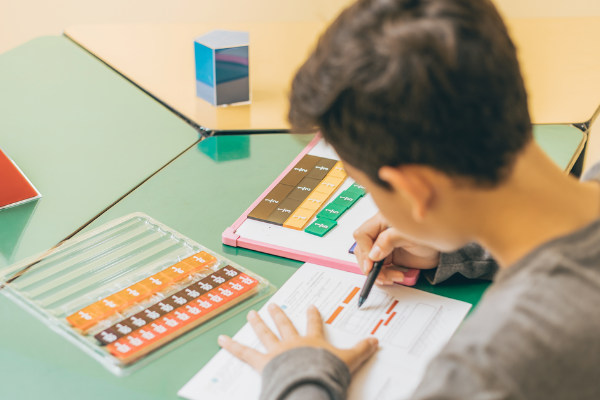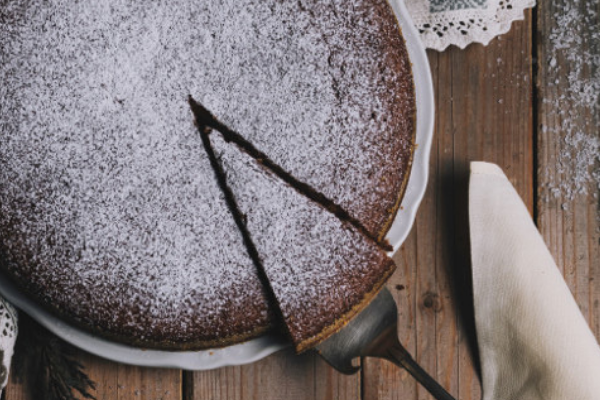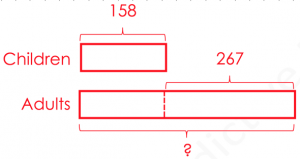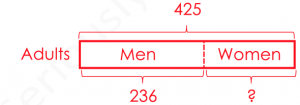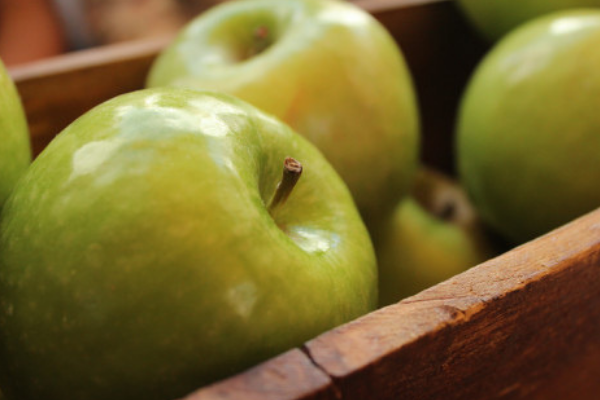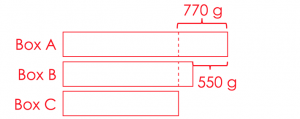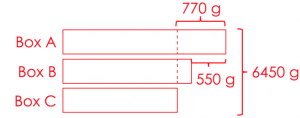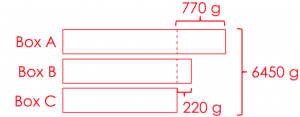Singapore Math Heuristics: Act It Out, Draw A Diagram, Look For Patterns
In part one of our Singapore Math Heuristics series, we gave an overview of the 12 heuristics in Singapore Primary Math syllabus, with tips from the curriculum team at Seriously Addictive Mathematics (S.A.M) on how to solve various math word problems using them.
To recap, heuristics are methods or strategies students can use to solve complex math word problems. They are general guidelines of what students can do to tackle a word problem when the solution is not obvious.
Besides using heuristics to solve a word problem, Singapore Math also adopts Polya’s 4-step problem-solving process:
1. Understand the problem: What to find? What is known and unknown?
2. Devise a plan: Choose the most suitable heuristic
3. Carry out the plan: Solve the problem
4. Look back: Check the answer
To solve word problems efficiently, students must be familiar with both the problem solving methods (heuristics) and the problem solving process (Polya’s 4-step).
In this article, we will focus on 3 heuristics – Act it out, Draw a diagram/model, and Look for pattern(s).
Sample word problems are solved using these 3 heuristics and Poly’s 4-step process in the step-by-step worked solutions provided by the curriculum team at S.A.M.
_______________________________________________________________________________________________________
Heuristic: Act it out
Word Problem (Grade 2):
Ben cuts a cake into 5 equal pieces. He wants to eat some of the pieces of cake so that the fraction of cake he eats is smaller than the fraction of the cake left. What is the greatest possible fraction of the cake that Ben can eat?
Try solving the following word problem using Polya’s 4-step process.
Word Problem (Grade 1):
Alan, Ben and Carol are in the school’s Art Club. Their teacher, Mr Tan, wants two of them to join a contest. How many ways can Mr Tan choose two pupils?
_______________________________________________________________________________________________________
Heuristic: Draw a diagram/model
Word Problem (Grade 2):
There were 158 children in a movie theatre. There were 267 more adults than children in the theatre. 236 of the adults were men. How many women were there in the theatre?
Try solving the following word problem using Polya’s 4-step process.
Word Problem (Grade 3):
The smaller of two numbers is 1217. The greater number is 859 more than the smaller number.
(a) What is the greater number?
(b) What is the sum of the numbers?
Word Problem (Grade 5):
Tammy has 3 boxes of apples. Box A is 550 grams heavier than Box B and 770 grams heavier than Box C. The average mass of the 3 boxes is 2150 grams. Find the average mass of Box B and Box C. Give your answer in kilograms and grams.
_______________________________________________________________________________________________________
Heuristic: Look for pattern(s)
Word Problem (Grade 4):
Carmen uses the letters in her name to form the pattern below.
C A R M E N C A R M E N C A . . .
What will be the 405th letter in the pattern?
Try solving the following word problem using Polya’s 4-step process.
Word Problem (Grade 1):
Draw the shape that comes next.
These are just a few examples to show you how Singapore Math heuristics are used to solve basic and intermediate word problems in lower grade levels and complex word problems in upper grade levels.
Look out for parts three, four and five of this series for the other 9 Singapore Math heuristics and word problems with step-by-step worked solutions.
This is part two to S.A.M Singapore Math Heuristics series. Read part one here.
Established in 2010, Seriously Addictive Mathematics (S.A.M) is the world’s largest Singapore Math enrichment program for children aged four to 12. The award-winning S.A.M program is based on the global top-ranking Singapore Math curriculum with a focus on developing problem solving and thinking skills.
The curriculum is complemented with S.A.M’s two-pillared approach of Classroom Engagement and Worksheet Reinforcement, with an individual learning plan tailored to each child at their own skill level and pace, because no two children learn alike.
